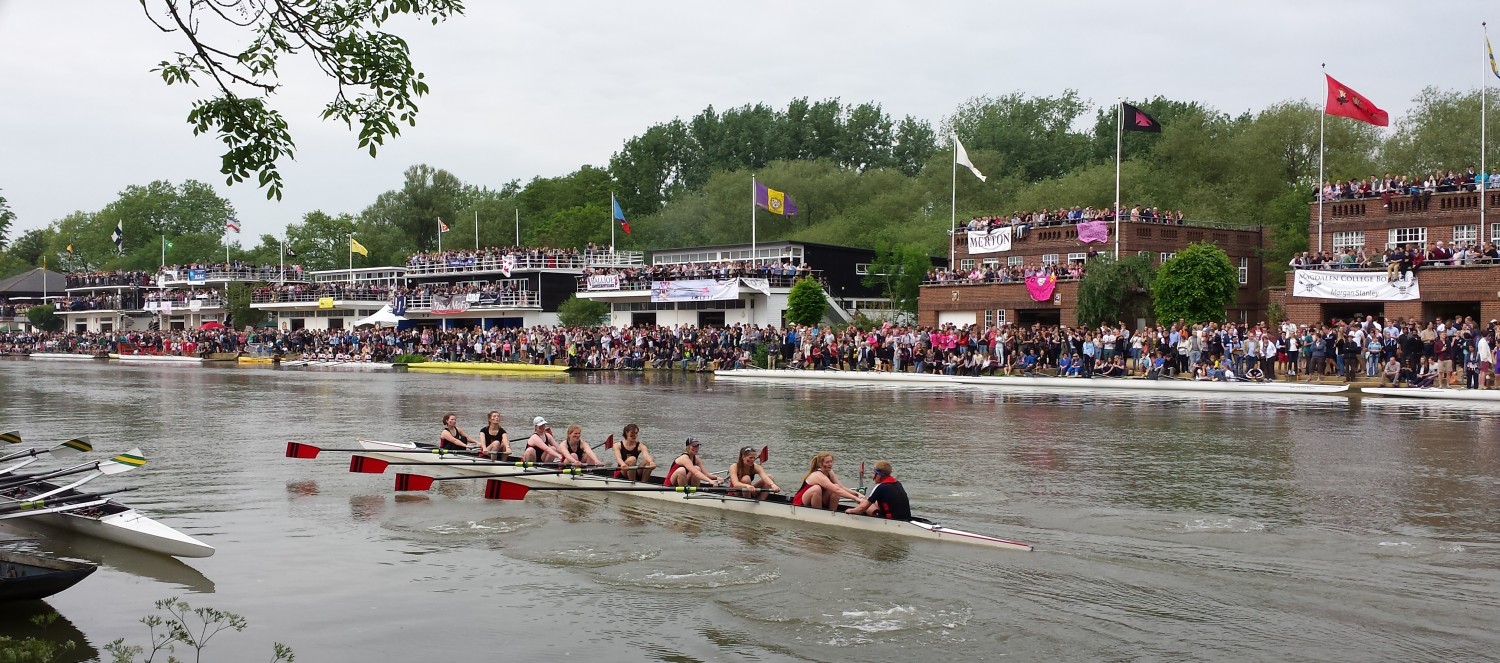Four rules for winter vacation training
By Howard Aiken
With the winter vacation approaching for many college and school rowers in the northern hemisphere, I thought it might be useful to put together some guidelines for rowers who want to come back from the vacation fit rather than fat.
Rule 1. Frequency beats intensity. Given that this is a rower’s blog, I put this rule as #1 because if you take only this one rule away from this blog it will have been worthwhile. Your current body shape and level of fitness is primarily the outcome of just two factors: 1) your genetic inheritance from your parents and 2) your lifestyle. In the context of this blog your ‘lifestyle’ is your day-to-day activity pattern. If you have an active lifestyle your body shape will tend to show firmer muscle tone and better posture and your cardio-vascular system will tend to have an increased capacity for carrying oxygen. The reverse will be true if you have a sedentary lifestyle. To be effective in terms of competitive performance, training must be part of your lifestyle. That means quite simply it should be something you do most days. If necessary, keep a diary and schedule regular times in it for your training. If your training is important to you then it will take priority over other activities and your friends and family will respect and adapt to your schedule. You can of course compensate to some extent for less frequent training by increasing the intensity of exercise when you do train, but to be a competitive rower even at club level you really have to be training most days, because it is the things you do most days that your body adapts to.
Rule 2. Know your training programme. Which specific exercises should you be doing and how should you be doing them? While it is true that to some extent all physical activity is ‘exercise’, not all exercise is training. Think for a moment about the metabolic requirements of a 100m sprint as compared to a 10k run. The 100m sprint requires a (primarily) anaerobic burst of energy and the metabolisation of nutrients already present in the muscles and bloodstream – not least because there simply isn’t time to transport them from elsewhere in the body. The 10k run on the other hand is an aerobic exercise which depends on the mobilization of the body’s carbohydrate and fat stores over an extended period of time. Unsurprisingly therefore, sprint training and endurance training are not the same and do not produce the same results. Rowers of course need both types of training and need to be aware of how much of each they are doing. So a clear itemised programme which delivers a mix of aerobic and (some) anaerobic training, and a sufficient variety of exercises to stop you from getting bored is essential. In addition to training their metabolic systems, rowers also need to build muscular strength. More rowing is the best way to do this, but time spent on the ergometer comes a close second. In my opinion weight training comes third and training with heavy weights should only be done after an induction course with a competent instructor. After all, a training programme which puts an athlete out of action through injury is a waste of time and effort.
Rule 3. Know your performance numbers. Measure your performance every time you train and keep a careful record with dates and times. This is easiest to do on the erg, but can also be done for runs (when you know the distance or always run the same distance) and weight training. It is less easy on the river – an uncontrolled environment which is unlikely to be the same session to session – or when doing things like circuit training, so don’t get obsessive about this, but it is very motivating to see your performance improving over time.
Rule 4. Aim for regular, incremental improvement. If you are training regularly and effectively then this WILL happen. As a coach I would much rather see regular incremental performance improvements – even small improvements, than inconsistent training delivering irregular highs and lows.
Finally, a hint. Do your first training session on the first day of your vacation. It gets you and the people around you used to your training schedule as quickly as possible and once it becomes part of your routine it becomes much easier to maintain. “Start as you mean to go on” is good advice on many levels.
Happy holidays.
